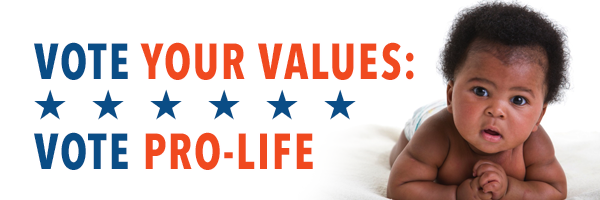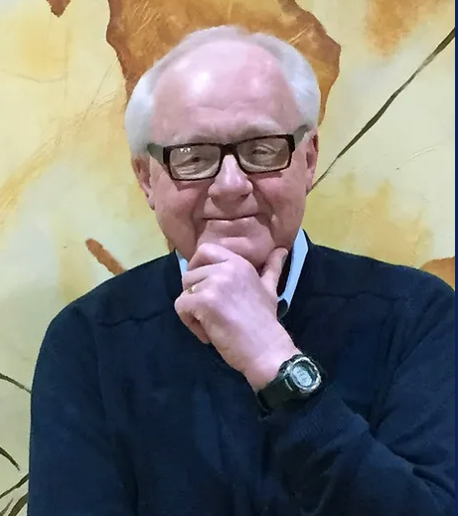
As life would have it, I’m color blind. At least as far as my eyesight is concerned. It’s more properly called “color vision deficiency.” So I’m a bit deficient. I know that.
Color vision deficiency simply means I have trouble telling the difference between certain colors. I have the most common type making it hard to tell the difference between red and green. Another variation makes blue and yellow look the same. In rare cases, people don’t see color at all.
This kind of color blindness can sometimes be treated. But if it’s in your family genes, you may be stuck with it. That’s me. But no worries. I am able to see traffic light colors just fine. I think.
There is another kind of color blindness that is considered a good thing. And many of us like to believe we have it. It’s the ability to see people of various races and backgrounds without prejudice.
The real challenge in determining whether a person is color blind in this way is extremely difficult. That’s because it has virtually nothing to do with the eyes. It stems from the human heart.
As a nation, America is often focused on changing our views about our differences. We create advertisements and public service messages encouraging us to love and not hate. We show groups of people with a wide range of ethnic backgrounds all getting along happily. If only…!
It’s not as easy as it sounds. Take the Chicagoland area. The city itself is marked by a number of social differences. Back in the day, as the city was being established, ethnic groups established neighborhoods and founded communities with people of similar backgrounds. This continues to happen through immigration, illegal or otherwise.
The census reports done each decade reveal that the Chicago area has several “white” groupings of people. Then we have a wide variety of backgrounds combined as “Black/African Americans.” Add in Hispanic and Latino Americans, Asian Americans. And the fastest growing members of the city’s populace, Middle Easterners. (Illegal immigration not withstanding.)
The interests and values of these population groupings have significant variances. Therefore, we often find certain locales appeal to one group, or there are seemingly outside “forces” drawing people together.
For example, it was reported that In 2011 Asians make up 12.7% of the population in the northwestern Chicago suburbs. And according to the 2010 U.S. Census, the 10 suburbs with the highest percentages of Asians were South Barrington, Oak Brook, Hoffman Estates, Glendale Heights, Schaumburg, Vernon Hills, Buffalo Grove, Hanover Park, Streamwood, and Naperville.
Notice. Communities in the Southside of Chicago are not on the list. I’m guessing there would be similarities in the geographic preferences of Middle Easterners in the region. Conversely, the “Black/African American” grouping and certain Hispanics would have a greater proportion of people on the Southside of Chicago.
We need not be offended by these geographic preferences until…until the human hearts of our citizens conjure up anger, bitterness, envy, or a myriad of other sinful thoughts toward those not like us. A second very visible manifestation of this is when certain communities are kept from advancing because of crime and the inability to find opportunity to succeed.
You’d think this is where the Body of Christ would take our stand and present a grand model of living together. Alas, that is frequently not the case. While Chicago fosters several multi-ethnic and multi-cultural congregations, the efforts toward significant integration of races and cultures leave a strange and aberrant perspective on the Church.
In Chicago itself you’ll find an abundance of what might be termed “black churches.” In parts of the city, you’ll find thriving Hispanic congregations. You can also also find traditional mainline churches in the city that offer a mildly mixed bag of congregants.
I offer no perfect answer as to why these congregational distinctives remain in place. The apostle Paul historically noted:
“From one man He has made every nationality to live over the whole earth and has determined their appointed times and the boundaries of where they live.” (Acts 17:26, HCSB)
Today, however, we live in a true potpourri of a society. As do several places in the world. And if we really want a well-integrated society, it will take a change of human hearts to show God’s love. Great strides can be made if we have a Body of Christ that is truly color blind.





















